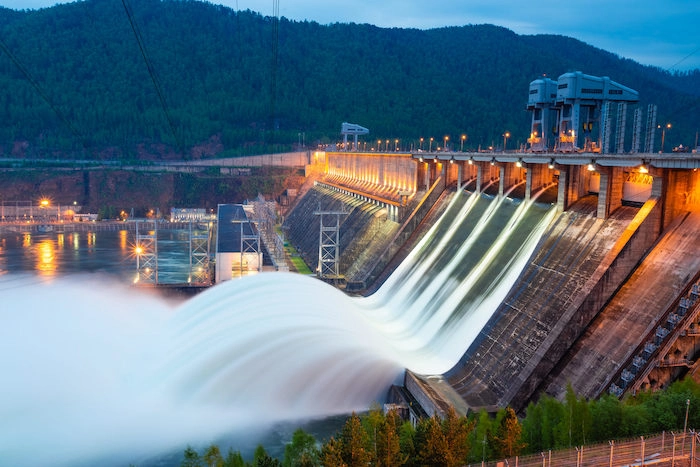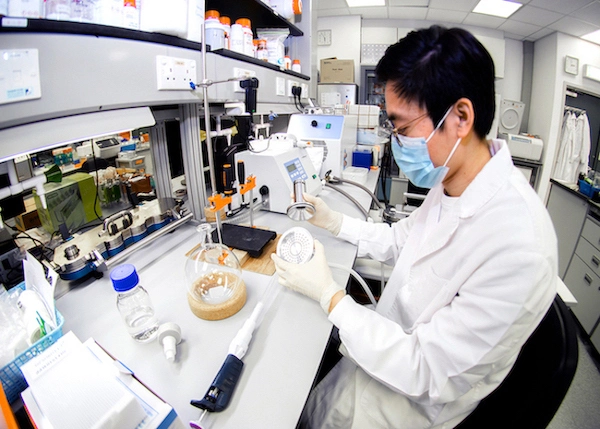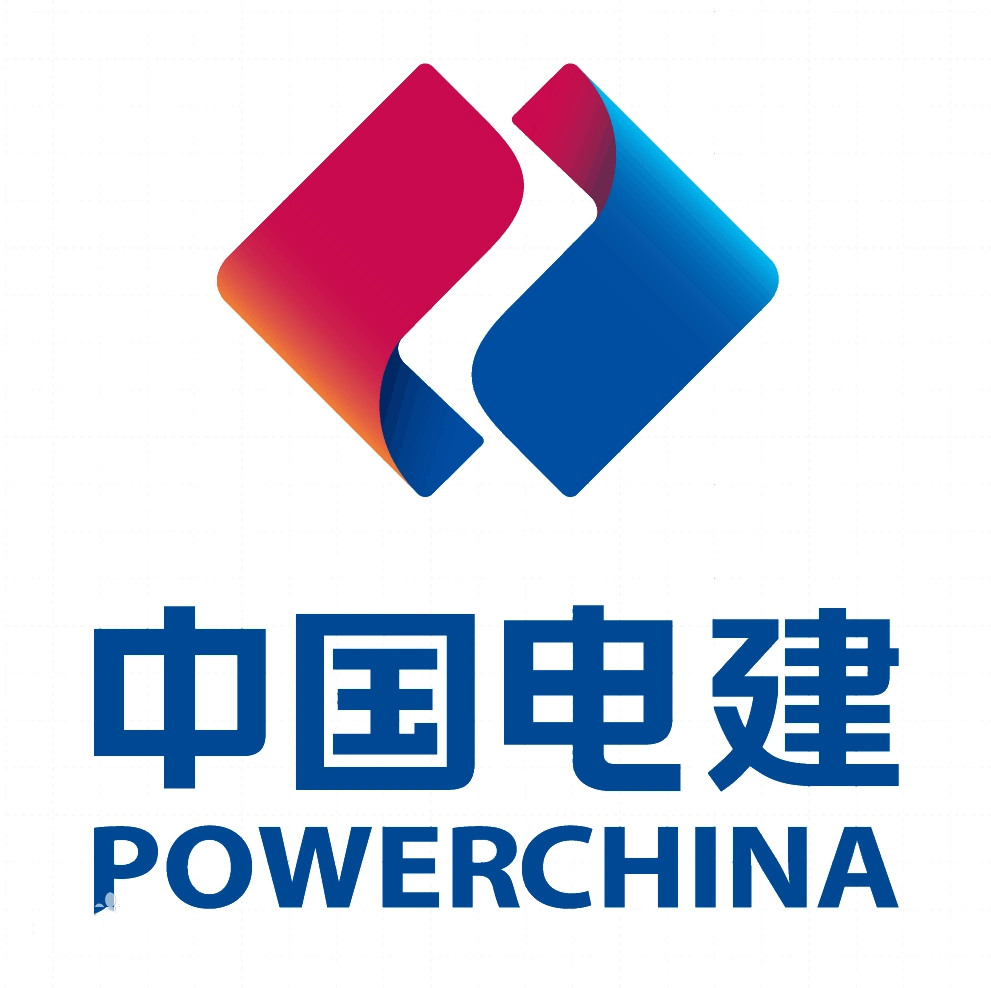
International Engineering

Hydroelectric energy

Pharma & Medical Solutions

International Engineering

Medical and Pharmaceutical Case

Finance & Economics

A patent is an exclusive right given for an innovation, according to the World Intellectual Property Organization (WIPO). A new product or procedure that offers a novel method of carrying out a task or an innovative technical solution to a challenge qualifies as an innovation. The process by which the good or service was manufactured must be made public if the innovation is to be eligible for patent protection. The innovation must be registered in many jurisdictions in order to be commercialized internationally because the exclusive rights are only valid in the nation where the patent has been filed. This is where translation comes into play.
The process of translating patent documentation into another language is known as patent translation. Patent paperwork typically consists of patent specifications, office actions, attorney correspondence, and any other materials needed for the filing and prosecution of a patent. Because of the distinctive writing style of patent filings, a highly qualified and experienced translator is required. The translation of patents requires specialized knowledge; given the high level of expertise of the patent text, translators or post-editors are frequently required to be subject matter experts (SMEs). Additionally, post-editors and translators must be familiar with the format and style of pattern writing. High language pair proficiency, in-depth technical vocabulary knowledge, and a firm grasp of legal jargon are all prerequisites.
Legal documents should be carefully and precisely translated by the patent translator. The translator must have knowledge and comprehension of the particular industry depending on the technology being patented. The best method to guarantee accurate outcomes is to work with native speakers who have a track record of success in the industry.

Chemistry
Pharma
Biochemistry
Biology
Biotechnology
Medical devices
Mechanics
Electronics
Information technology
Renewable Energy
The translation needs to be very close to the source, it needs to be quite literal.
Patents usually have very long and complicated sentences with multiple sub-clauses; the translation needs to follow the original structure of the sentences.
The translation of the terms included in the patent need to be consistent throughout the body of text.
When post-editing patent content, post-editors need to be very aware of possible additions and / or omissions, especially in relation to numbers, formulas, bullet points, section numbers, etc.